According provided by lens SMC PENTAX-M 1:2.8 100mm ASAHI OPT. CO., JAPAN (model 23660) many thanks to the store FOCUSFILM (subscribe to INSTAGRAM, check out olx). There you can find many interesting film cameras and manual lenses.
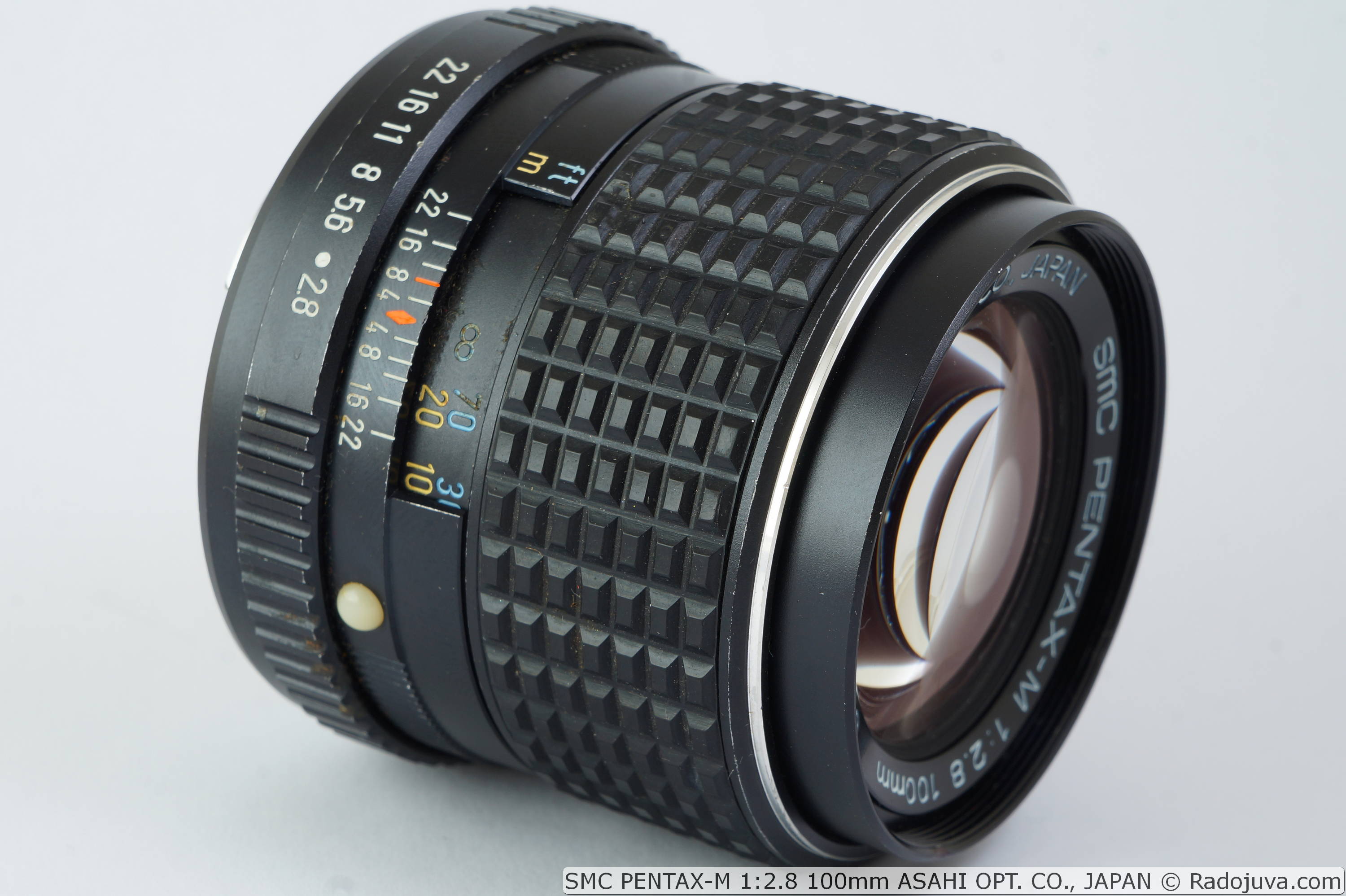
SMC PENTAX-M 1:2.8 100mm ASAHI OPT. CO., JAPAN. increase.
In short
SMC PENTAX-M 1:2.8 100mm ASAHI OPT. CO., JAPAN – a manual fix from the film era for the Pentax K mount. Compact, lightweight, and can act as a good portrait solution.
Lens length SMC PENTAX-M 1:2.8 100mm ASAHI OPT. CO., JAPAN is a few millimeters shorter than the length of the SMC PENTAX-M 1:1.8/85 ASAHI OPT lens. CO., JAPAN. And the diameter of the filter is only 49 mm.
At one time, 100/2.8 class lenses (for example, Nikon E 100/2.8, Kaleinar-5N 100 / 2.8), 105/2.8 (for example, Takumar/Pentax 100/2.8) and 105/2.5 (for example, Nikkor-P 105/2.5, Tamron 105 / 2.5) were very popular solutions. Their optical design often consisted of only 5-6 lenses, and the price was incredible. At the same time, the image quality and functionality provided were at a high level. Nowadays, almost all of them have been replaced by zoom lenses of the 70-200/2.8 class (and the like). Of the autofocus modern analogues, only one such Sigma 90mm 1:2.8 DG DN C.
Do not confuse the SMC PENTAX-M 1:2.8 100mm ASAHI OPT lenses. CO., JAPAN (from this review) and SMC PENTAX-A 1: 2.8 100mm with the well-known line of “macro-hundreds” from Pentax, by type SMC PENTAX-M MACRO 1: 4 100mm ASAHI OPT. CO., JAPAN or SMC PENTAX-DFA MACRO 1: 2.8 100mm WR.
UPDATED: video review of the lens here.
Main technical characteristics of SMC PENTAX-M 1:2.8 100mm ASAHI OPT. CO., JAPAN:
Personally, I am a big connoisseur and fan of old Pentax optics (aka TAKUMAR, aka ASAHI OPT. CO.), after working with which I always have a pleasant impression. Mostly I use Pentax/Takumar fifty-kopeck lenses.
Assembling, focusing
SMC PENTAX-M 1:2.8 100mm ASAHI OPT. CO., JAPAN is well put together.
Lens bevels are poorly blackened. The front and rear lenses shimmer with bright colors.
The focus ring has an anti-slip insert made of very rough material and rotates approximately 225 degrees (5/8 of a full turn). The movement of the ring is smooth and pleasant. During focusing, the front retractable part of the housing does not rotate. Focusing occurs by moving the entire lens unit.
The aperture control ring is metal, allowing you to set one intermediate value between each pair of numbers printed on this ring (except F/2.8<->F/4 and F/16<->F/22).
The lens uses a Pentax K mount and can be mounted on any modern Pentax digital SLR cameras with a K mount, as well as any modern mirrorless cameras with the corresponding adapter.
Sample photos (Full Frame)
The pictures in the gallery were taken with a camera Canon EOS 5D (Full Frame, 13 MP) and adapter Pentax K -> Canon EF. Some of the photographs were taken using macro rings for Canon EF, since SMC PENTAX-M 1:2.8 100mm ASAHI OPT. CO., JAPAN can hook a mirror with its long protrusions on the bayonet side Canon EOS 5D with normal adapter Pentax K -> Canon EF, macro rings they remove this problem. All photos in this review are shown without processing, according to the principles ZEROJPEG.
You can download/view source photos in JPEG format at this link (40 files, Google Drive gallery). The lens in the review had problems with the aperture control ring, then all the pictures were taken at the maximum open value of F/2.8.
Examples of photos on APS-C (Sony a3500, Nikon D40)
Camera used Sony a3500 (20 MP Sony Exmor APS-C HD CMOS sensor) with adapter FOTGA PENTAX K -> SONY E/NEX. All photos in this review are shown without processing, according to the principles ZEROJPEG. Also used camera Nikon D40 (legendary sensor Sony ICX-453-AQ APS-C CCD 6 MP) with a homemade adapter.
Original photos c Sony a3500 You can view/download in JPEG format at this link (20 files, Google Drive gallery).
Results
SMC PENTAX-M 1:2.8 100mm ASAHI OPT. CO., JAPAN - a very compact and lightweight lens, an alternative to more expensive and high-aperture portrait solutions of the 85/1.8/1.9/2 class.
10 main advantages
- great build
- convenient focus ring that rotates 225 degrees
- small filter diameter of 49 mm
- compact sizes
- low cost in the secondary market
- automatic aperture control on cameras with Pentax K mount
- low distortion
- low level of vignetting at F/2.8
- Pleasant color rendering (most likely due to SMC coating)
- beautiful bokeh at F/2.8
main disadvantages
- Lens bevels are poorly blackened
- only 6 aperture blades
- there is no intermediate value on the aperture control ring between the pair of numbers F/2.8<->F/4
- must use a threaded hood, not a bayonet hood
- non-internal focusing, no floating element system, slight 'Focus Breathing' effect
- problems when working in back and side light
- higher resolution was expected at F/2.8 (especially when working at long focusing distances, see examples with “infinity” in the gallery)
- palpable amount of chromatic aberration
- no continuation of this line of 100/2.8 class lenses among autofocus analogues from Pentax (macro-hundreds doesn't count)
- the Pentax M line did not have full automatic aperture control and was replaced by the Pentax A line (this lens was replaced by the SMC PENTAX-A 1: 2.8 100mm)
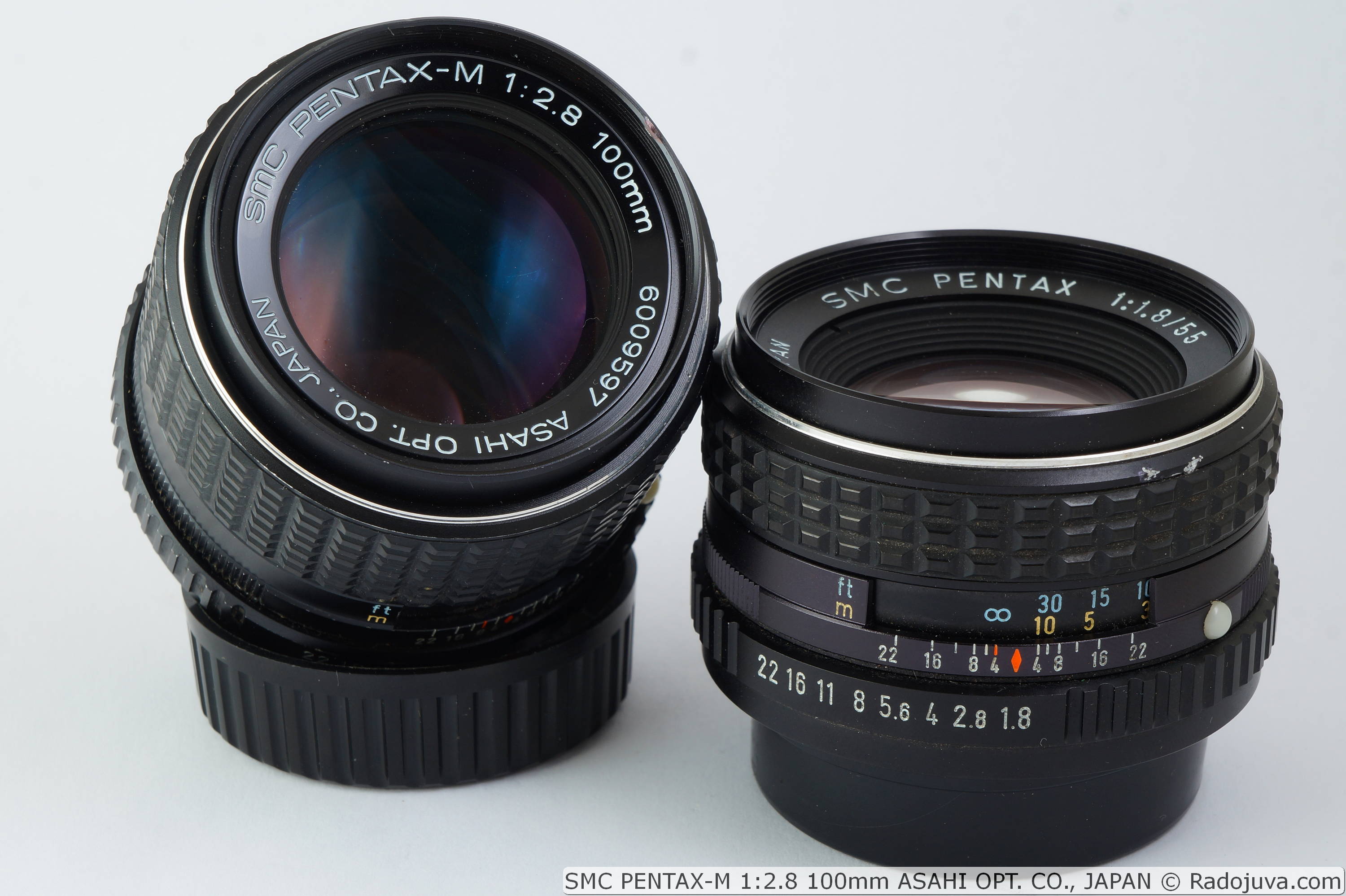
SMC PENTAX-M 1:2.8 100mm ASAHI OPT. CO., JAPAN and SMC PENTAX 1: 1.8 / 55 ASAHI OPT. CO., JAPAN
Comments on this post do not require registration. Anyone can leave a comment. Many different photographic equipment can be found on AliExpress.
Material prepared Arkady Shapoval. Training/Consultations | Youtube | Facebook | Instagram | Twitter | Telegram

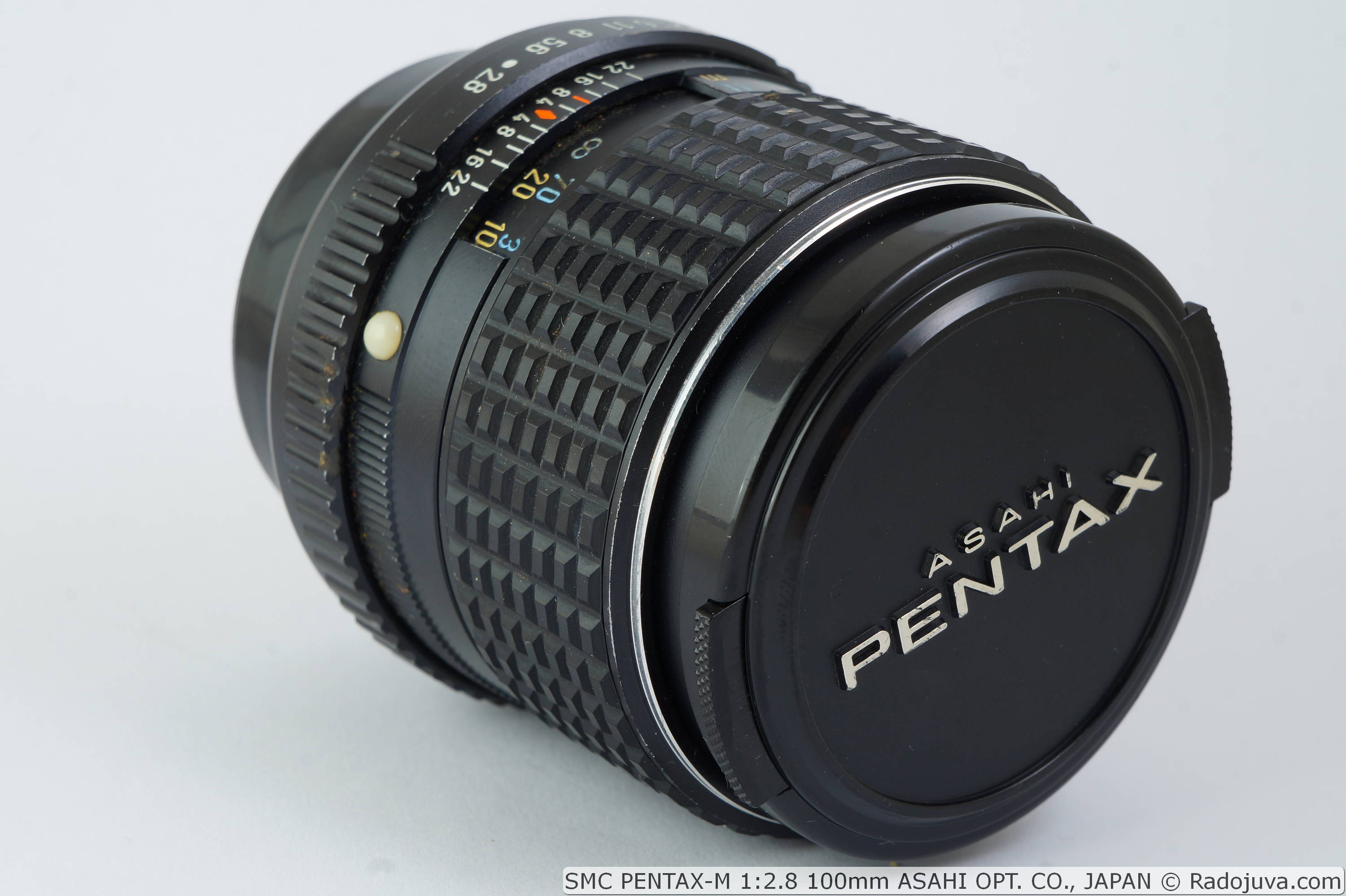
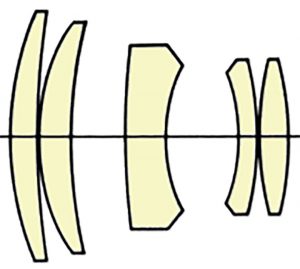
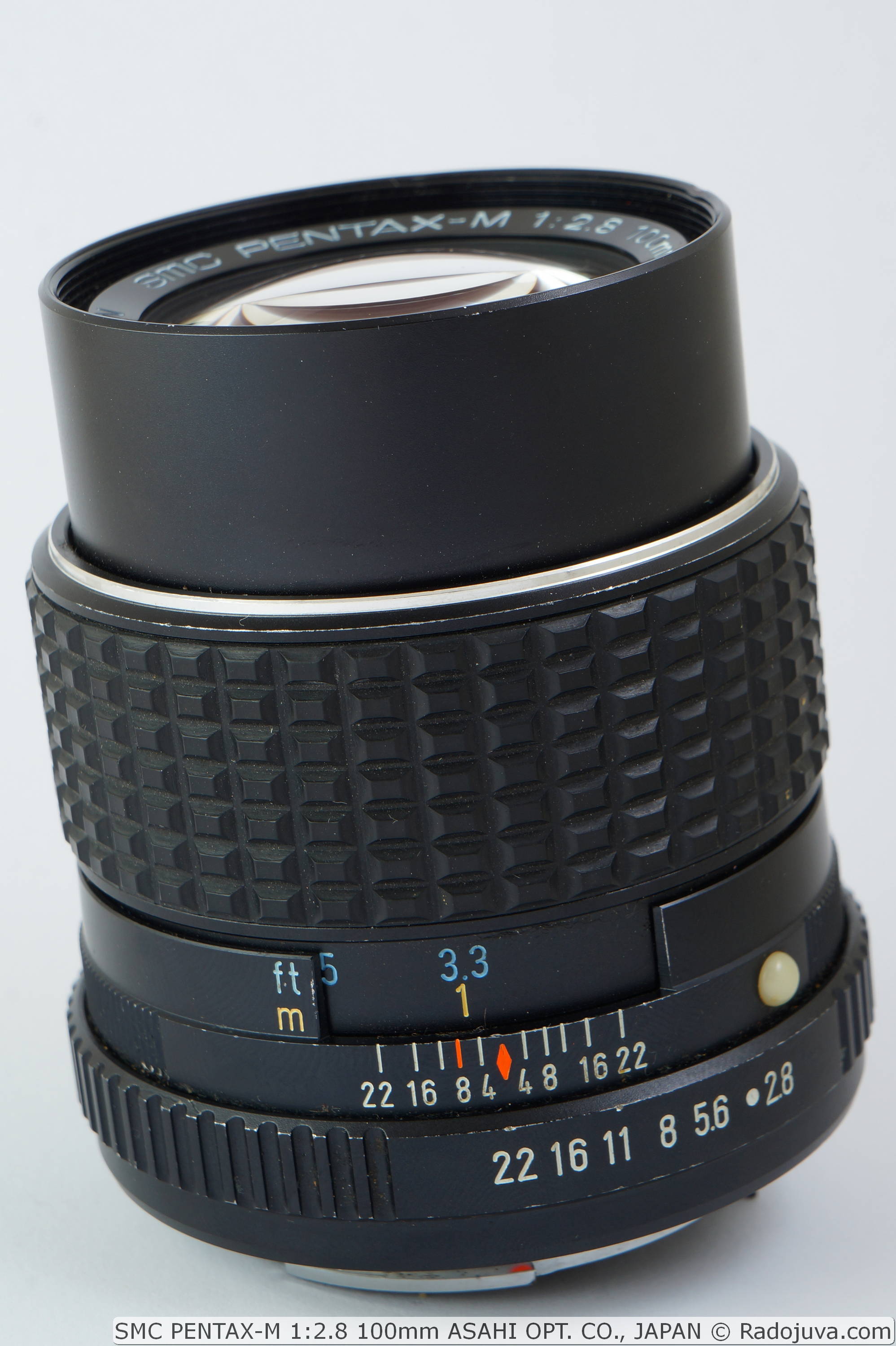





















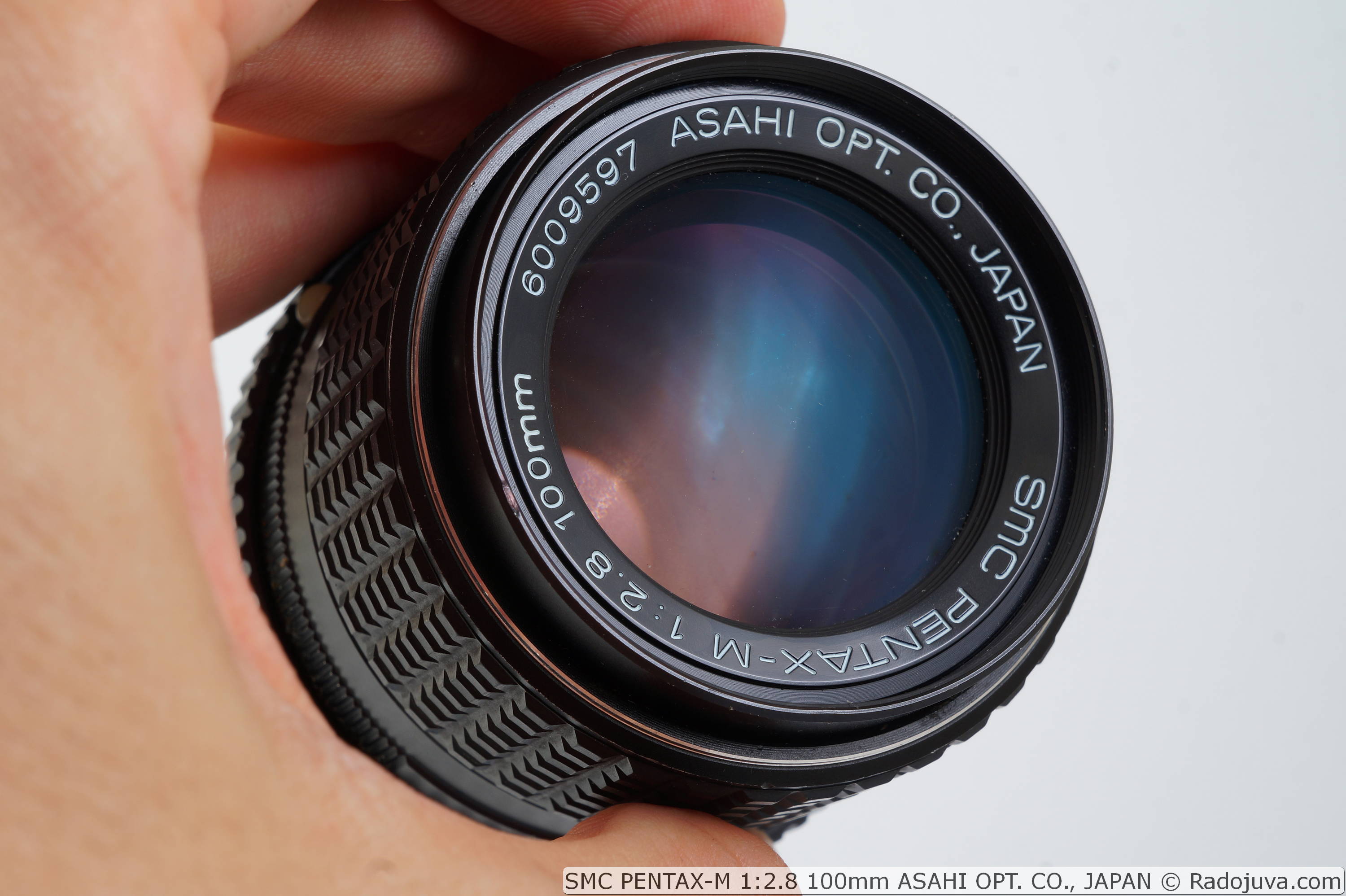






















Good visibility and good glass. I liked the color. It’s just that the price on the secondary market is kind of steep, like for a manual. Camera lovers are dying out like mammoths, manual lovers are dying out like dinosaurs, and someone else is trying to jump on the last bandwagon in the hope of earning something and grabbing a piece. )))
Why don’t you like paying $100 for a lens like this?
Optics for SLR cameras have dropped significantly in price with the transition to mirrorless systems.
100 conventional, not a high price considering that the glass is essentially two in one.
I wouldn't say that the price has dropped a lot. I observe that the price has not changed much. UPCs have been actively used since 2010, and for 13 years, in general, prices in dollars + - have remained the same
I'm talking exclusively about used glass.
Perhaps this is due to the realities of different markets and is less relevant to old lenses (>30 years old, but here in Germany, with the transition to the UPC, relatively modern optics have become significantly cheaper. For example, AF-S 14-24 2.8 from Nikon, at the moment in used stores in good condition with one year warranty, costs from 479 €. Nikon AF-S 24-70 2.8 in good condition with a year warranty costs the same. During the time of the ZTSK, the same glasses, in good condition, cost less than 1000 € weren't worth it. I bought my Tokina 100mm f/2.8 AT-X Pro Macro with a Nikon mount, in perfect/new condition for 180 € with a year of warranty. From private hands without a guarantee the prices are still a little lower. The examples I listed are in good condition according to In fact, they always cost at least 50% of the new price.
This is probably due to the purchasing power of Europeans, who, unlike me, do not really want to bother with adapters for new UPCs; they buy glasses with RF and Z mounts, as a result, it is their modern predecessors that have become cheaper.
The text is full of errors, but I hope the essence is clear.
There are autofocus BZK lenses that have fallen in price by one and a half times. The recommended price for the new Sony Zeiss Distagon T* FE 35mm F1.4 has decreased from $1600 to $1000. In truth, the price tag of $1600 was difficult for the lens to justify even at the time of its release (competing on approximately equal terms with the EF 35/1,4 L II BR), but that’s it.
The price is not bad at all, considering factors such as the quality of the resulting image. The biting thing is modern lenses, where the difference in price is 20 times or more, does not at all make a difference in the quality of the image, well, at least twice) Sometimes you can still argue strongly... Many owners of modern mirrorless cameras gladly (and many in principle) shoot exclusively with vintage manual. I myself get exceptional emotions from the Sony-Pentax 50mm pair
Subjectively, it is impossible to use optics with such a FR on ZK and BZK with their focusing screens, you have to turn on the x10 live view mode (special greetings to the developers of this at Nikon), there is such a dance on the screen that you need to use a tripod. At the same time, the picture is not worth so much trouble. Bokeh with contrasting edges is indecent. Everything can be easily resolved in the Studio.
It so happened that everyone spits at fifty dollars, I think this is hasty.
The fact that Arkady does not voice such theses, perhaps he has some kind of profit from sales, or he is being used in the dark as a hobbyist.
Buying something like this is beyond the bounds, but if you give it a serious reason to think about it.
But it is not exactly…
Here I have examples on the Canon 5D and Nikon D40 and Sony a3500 - this is a counter example to your thesis that it is “impossible to use”.
The rest of what you wrote in the comment above is just as misleading. And, unlike your comment, I can say with confidence - that’s for sure :)
Judging by the claims for bokeh, you will really like “Glavuchtekhprom Plant No. 6”. Will you order?)))
Regarding the ease of use of such lenses, I agree. I myself once bought a Nikon E 100/2.8 for testing and cursed every time when focusing, there were a lot of defective frames with the focus in the wrong place. Perhaps with experience the number of defects can be reduced. But is it worth it, given the presence of autofocus optics?
But there is no point in accusing the author of being corrupt; this is not only untrue, but also very rude.
What kind of modern autofocus 100/2.8 is there? Not a macro lens, but a lens similar to this one, preferably for $100?
Yes, yes, drawing with light, optics and your head is no longer comme il faut) There is software, right? Fi...
))) Have you thought for a long time, dear conspiracy theorist?
The lens uses an optical design similar to the Nikkor 105/2.5 AI, from which it differs in the use of two thin separate lenses 2 and 3 instead of massive gluing. This, of course, affects both the mass and the optical quality - in a Pentax lens this determines a different degree and method of correcting spherical aberration and spherochromatism. I like photos from this lens much more than from Nikkor, due to this very effect: the bokeh discs do not have a pronounced loose blue-green edging of spherochromatics, the bokeh looks very neat, unobtrusive and pleasant. There is more than enough sharpness.
The scheme itself is a type of double Gaussian, since the lens is more symmetrized relative to the aperture relative to Triplet’s descendant - Ernostar: there are negative menisci on both sides of the aperture. Due to this, a good correction of coma is achieved.